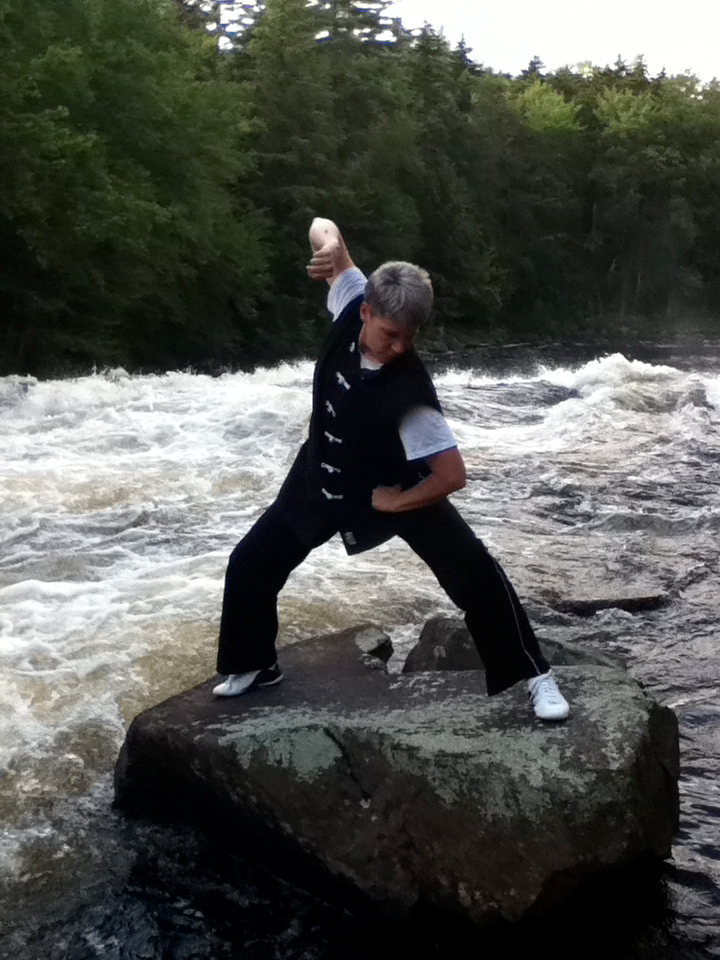Tai Chi and QiGong
Tai Chi and QiGong are both gentle forms of exercise that have been practiced in China for centuries. The slow, flowing movements provide the benefits of exercise without the stress and danger often associated with high-impact sports.
Both QiGong and Tai Chi work with the “chi” or “vital life force energy” of the body. Think of the power of rushing water that can be harnessed for electricity. Or think of the power of a hurricane force wind that can blow down buildings. This chi energy is found in nature in all things that move—including the human body. It isn’t magical or mystical. But it is powerful.
By practicing QiGong or Tai Chi, we move our bodies to increase the movement of our own vital life force energy--increasing health, promoting a state of calm, and creating ease in body, mind and spirit.
Both Tai Chi and QiGong are good for people of all ages—especially for seniors— and both have been extensively studied. Among the many benefits:
Improves balance, strengthens joints, and decreases pain
Improves immunity
Decreases stress levels
Improves concentration and breathing patterns
Reduces the inflammation and pain of arthritis
So. . .What’s the Difference?
Short Intro to QiGong
QiGong
• Has it’s roots in healing arts. Each movement addresses a specific area of the body for healing.
• The Slow, fluid, movements may be done standing, or sitting.
• Each movement can be done by itself for healing benefit, and is usually repeated a specific number of times.
• If it were ballet, QiGong would be more like learning how to “plie” or “jete”.
• Qi Gong is Simple to learn, and easy to practice in a small space.
A small sample of Chen Tai Chi
Tai Chi
• Has it’s roots in martial arts—each movement is considered a block/deflection, or strike.
• The Slow fluid movements are done mostly standing, (although some movements may be practiced sitting).
• Each movement is one “step” in a series of movements that are strung together in a specific order and sequence.
• If it were a ballet, Tai Chi would be more like learning how to do the whole “Dance of the Sugar Plum Fairy”.
• Tai Chi takes longer to learn the whole “sequence”, and requires more space.
Contact me for more information


